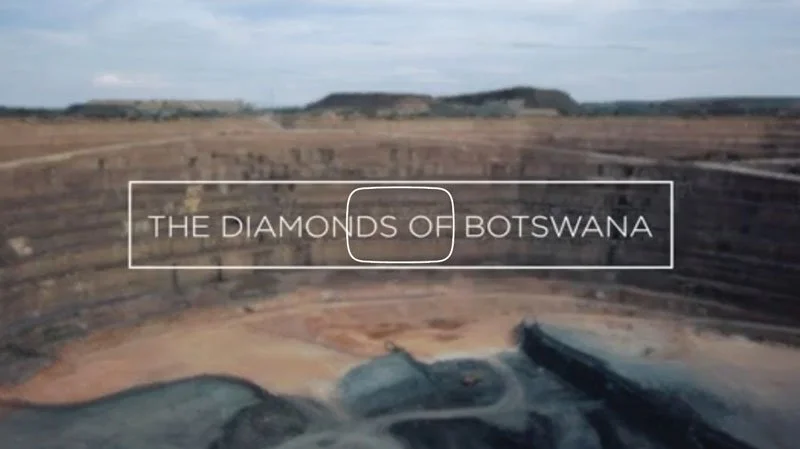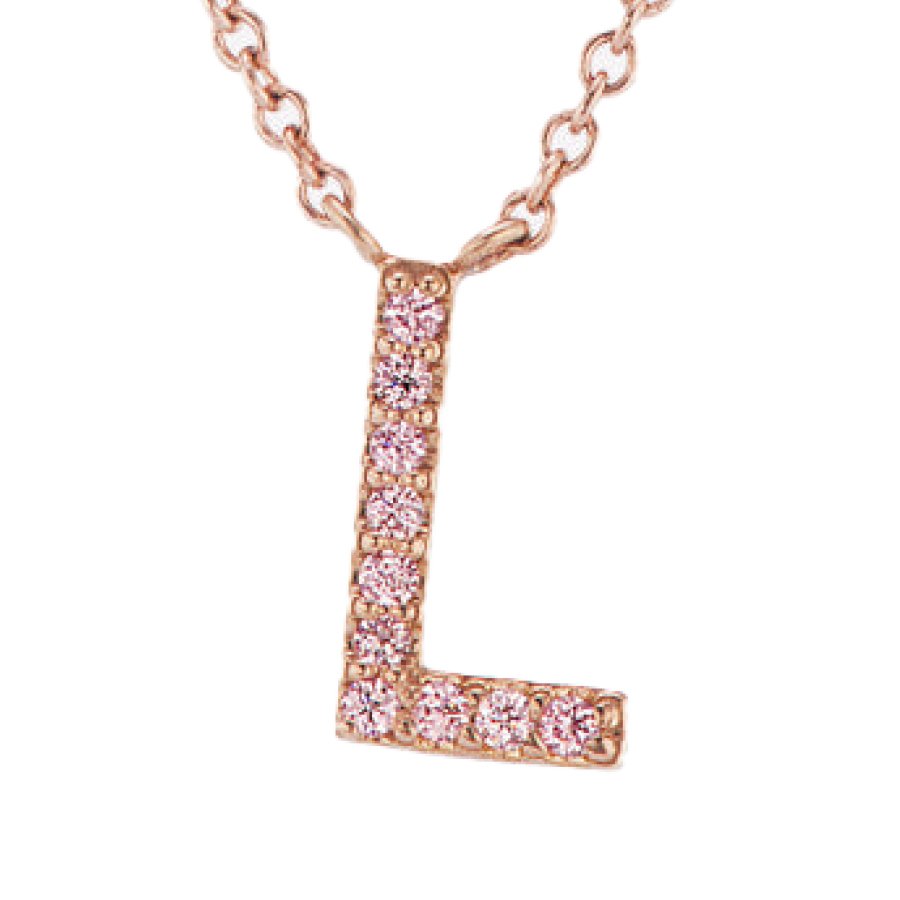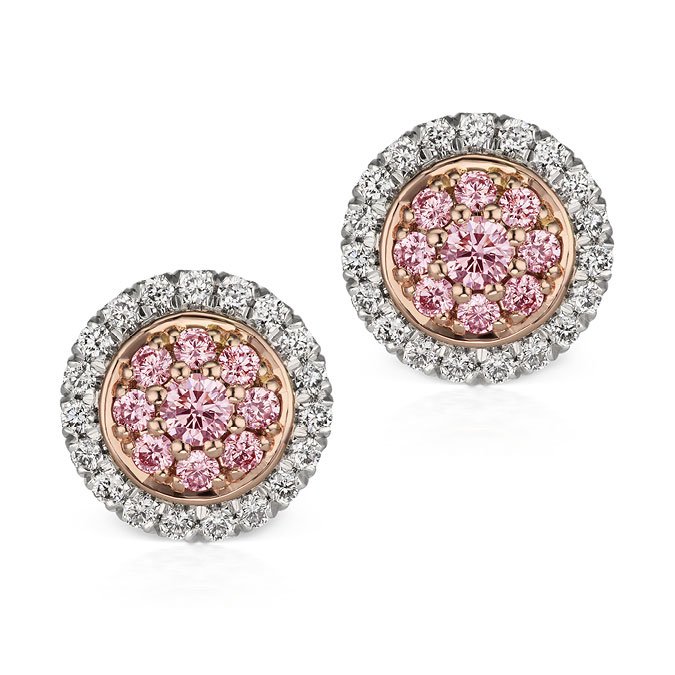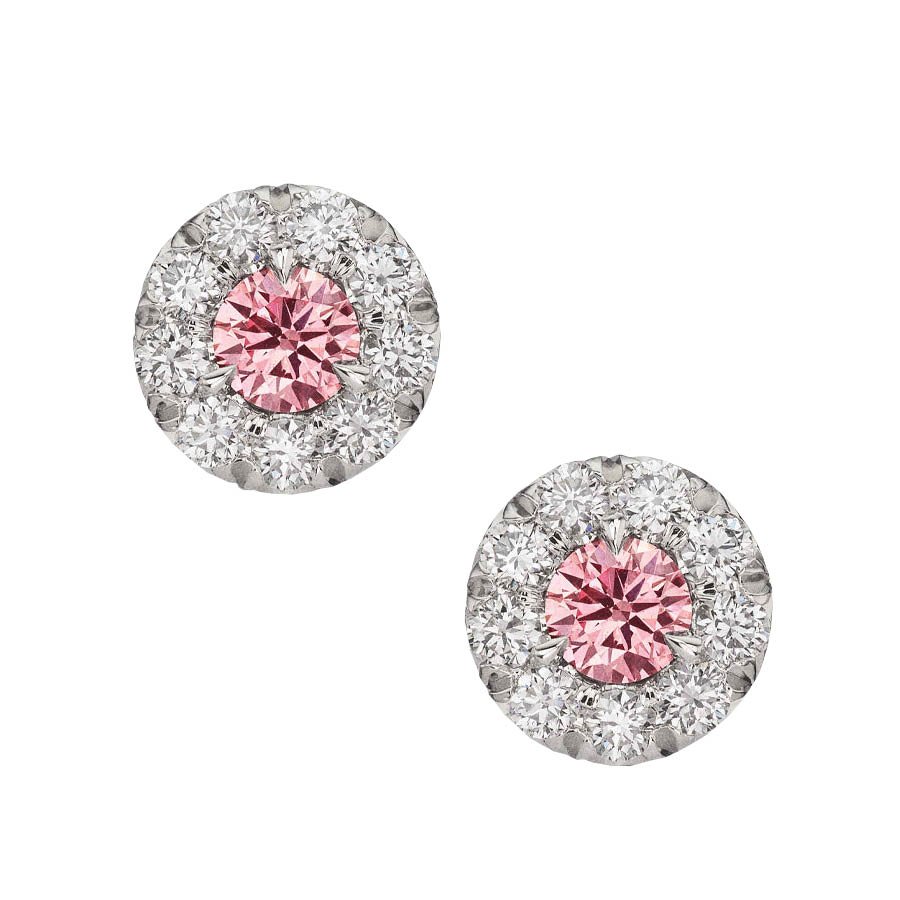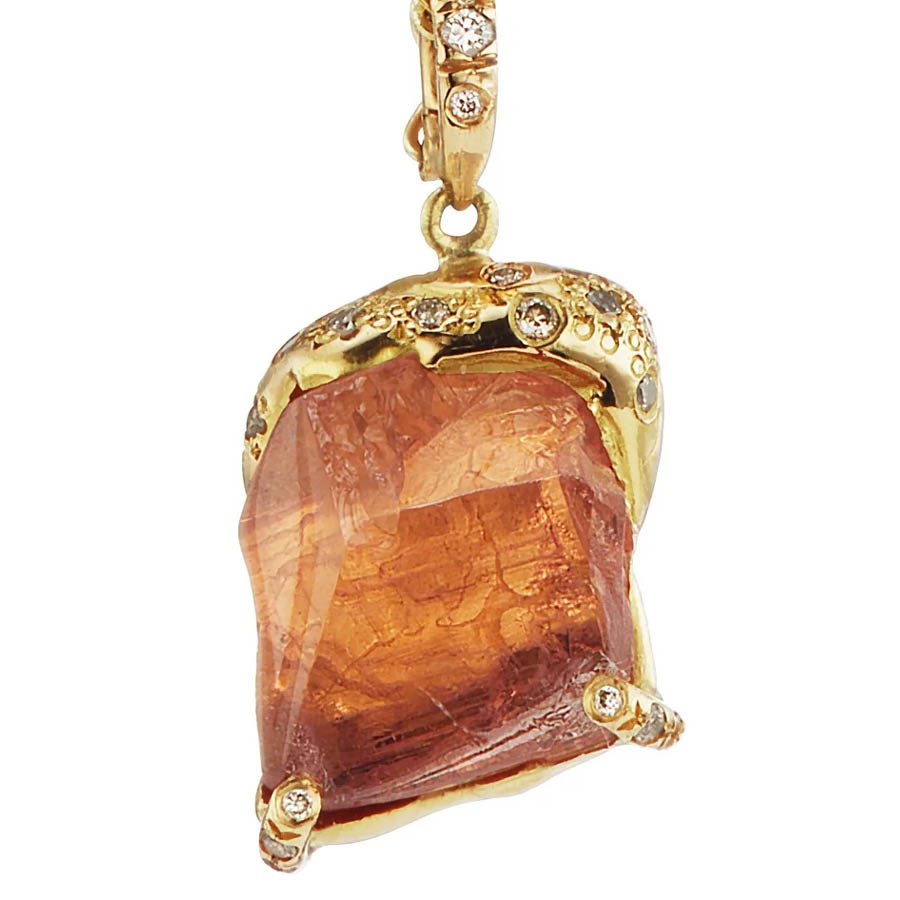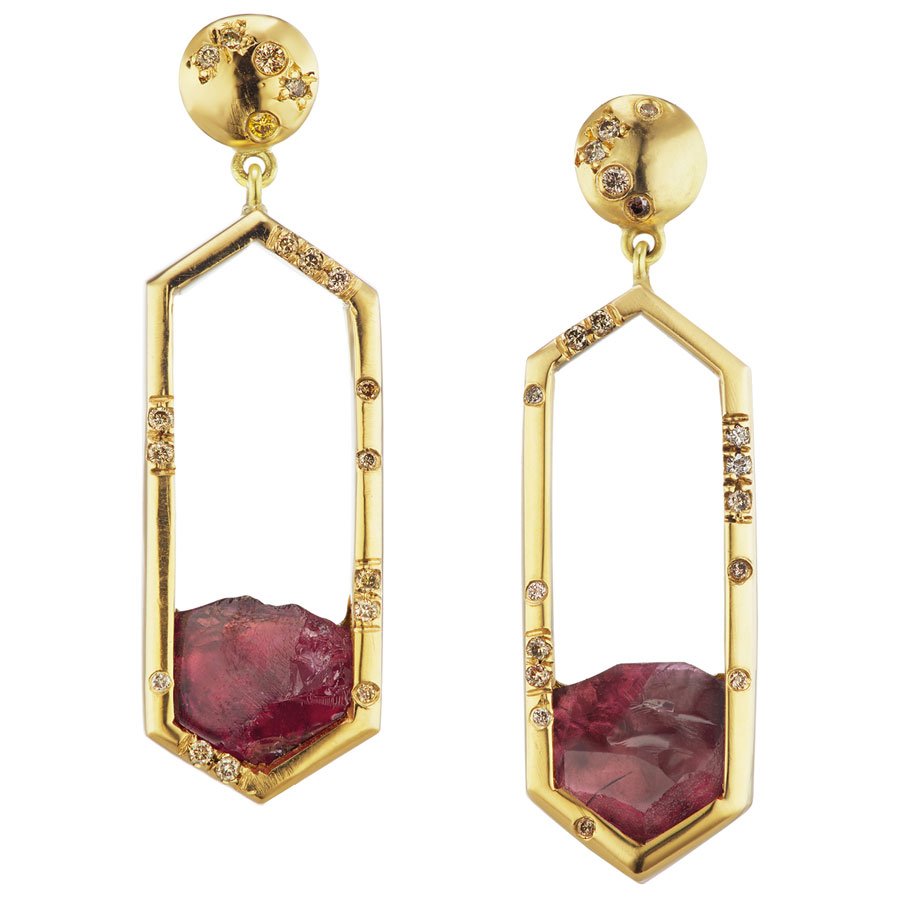The Ethical Dilemma of Lab Grown Diamonds: Supporting Tech Bros VS. Mining Communities
Image Credit: Screenshot from “Fashionscapes: The Diamonds of Botswana”, Eco-Age’s documentary series exploring the fashion supply chain
THE ETHICS OF LAB-GROWN DIAMONDS - AND WHO BENEFITS…
When trendy VC-funded jewelry start-ups and lab-grown diamond companies talk about “ethical” and “sustainable” sourcing, do you know what that looks like and who it benefits?
SPOILER: a lot of tech bros and celebrity investors in first-world nations
The biggest producers of lab-grown diamonds are India and China - among the world’s great polluters (often using dirty coal). While some lab-grown diamonds manufactured in the United States may use a varied mix of coal and hydroelectric power, an immense amount of energy is required. The vast machines that mass produce them are made of steel - a material that is mined from the earth. Graphite and methane are also required for production, again... mined from the earth.
Of course, a few lab-grown diamond companies are doing good work in traceability and environmental stewardship, but certainly not all.
Environmental claims of lab-grown diamonds are deceptive and often unsubstantiated.
When comparative claims are drawn with natural diamonds, consider that lab-grown diamonds increase economic benefits for first-world countries at the expense of mining communities in developing countries.
LAB-GROWN DIAMONDS DO NOT LOOK LIKE THIS
Image Credit: Screenshots from “Fashionscapes: The Diamonds of Botswana”, Eco-Age’s documentary series exploring the fashion supply chain
When natural diamonds were discovered in Botswana in 1967, they transformed the nation. Botswana is a vision of socio-economic empowerment with business, government, and civil society partnering together to protect and benefit people and wildlife.
It is worth watching Fashionscapes: The Diamonds of Botswana, which follows Livia Firth as she learns first-hand about the positive impact of diamond mining.
This is what responsible sourcing is all about! Beyond ethical, traceable, and conflict-free, this means a short, transparent supply chain. From Australia to Namibia to Colombia, responsible sourcing is practiced differently, but the goals are the same: to empower and protect people and the planet.
Other responsibly sourced diamonds are from Australia - Argyle Pink Diamonds! Beyond pink, the rarest of the rare colored diamonds are cornflower blue, potent violet, and sumptuous red. The Argyle Diamond Mine closed in 2020, but the history and beauty of these colored diamonds will continue to run deep!
Traditional landowners have existed in Western Australia for 20,000 - 40,000 years. Since the inception of the Argyle diamond mine over 30 years ago, the indigenous tribes have been and remain very involved. Currently, the mine is in the decommissioning phase. The (very remote) mine is like a small town: 250 miner’s cabins, a mess hall, conveyor belts, processing plants, tons of mining equipment, and a museum. Inorganic material and underground operations (i.e. giant crushing machines) will be dismantled for removal with extreme care.
Once the land is rehabilitated, it will be returned to the traditional owners in accordance with their wishes. Read on to get The Skinny on Argyle Pink Diamonds.
SHOP RESPONSIBLY SOURCED NATURAL DIAMOND JEWELRY
RESPONSIBLE SOURCING TRANSFORMS PEOPLE’S LIVES
When the Dery family travels to the source of colored gemstones, so much of their time is centered around people. This includes listening to miners’ needs, sharing gemological perspectives, and offering guidance to lapidary students, to name a few activities. An important reframe is to see artisanal miners as families and entrepreneurs. When vertical integration expands, these remote communities are empowered to not just survive but sustainably thrive.
Above is a behind-the-scenes glimpse of Roger and Ginger’s recent visit to Kenya to purchase rough (and faceted) colored gemstones to precision facet back in Michigan!
SHOP FINE JEWELRY SOURCED FROM ARTISANAL MINERS
WHO DO YOU WANT YOUR JEWELRY TO SUPPORT?
Whether it is diamonds or colored gemstones, the fine jewelry you choose can either:
enrich tech bros and celebrities whose VC-backed lab-grown diamond and trendy jewelry companies make ethical claims at the expense of third-world nations.
empower men and WOMEN to create sustainable local economies in remote corners of the world where such precious natural resources can transform lives and support UN SDGs.
VINTAGE + ANTIQUE DIAMONDS SUPPORT CLIMATE ACTION
If mitigating your carbon footprint is important, post-consumer recycled diamonds and colored gemstones are your best option. Beyond being uniquely beautiful, they have already incurred a cost in their environmental footprint regardless if they are 4 or 400 years old.
Interested in a vintage or antique diamond unlike every other diamond as an engagement ring for you or someone you love? Say yes to a rare, enduring symbol of your eternal love!
Private message me to explore the possibilities.
INVESTING IN FEWER BETTER THINGS THAT ENDURE WILL ALWAYS BE BETTER FOR PEOPLE AND THE PLANET
(and not end up in landfills)
Read on to learn more about how jewelry can support Climate Action and the UN SDGs!
As an advocate and educator of responsible sourcing, I specialize in helping you find intentional jewelry for your collection.
Whether you are a changemaker in your industry or the CEO of your household, I am committed to saving you time and providing peace of mind when investing in jewelry that tells your story, elevates your style, and aligns with your values.












